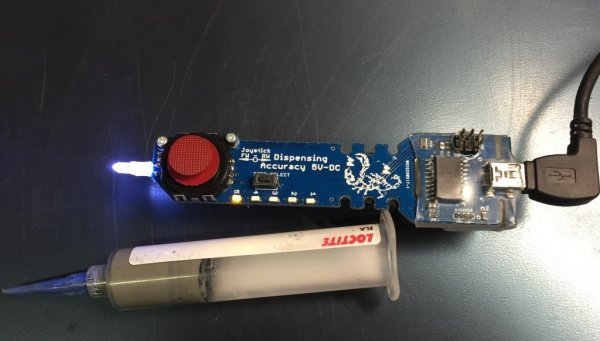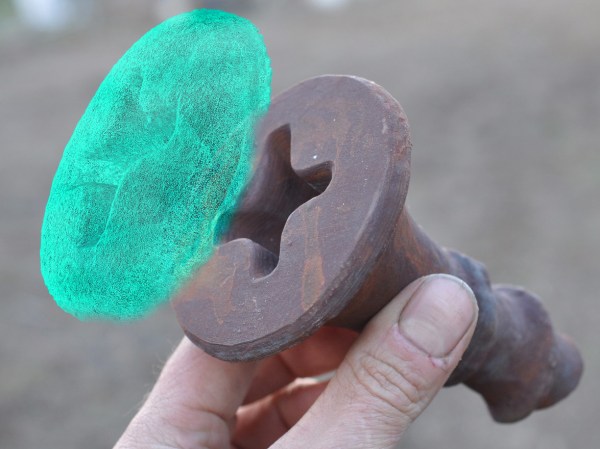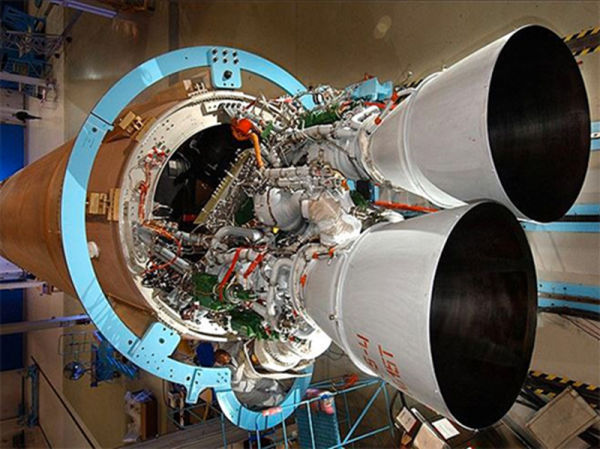If you’ve never used a solder paste dispenser, you’re missing out. Think about always using a crappy soldering iron, and then for the first time using a high-end one. Suddenly you’re actually not bad at soldering things! It’s kind of like that.
Most solder paste dispensers make use of compressed air, which requires an extra setup to use that you might not have. The goal of this project was to make a solder paste dispenser that doesn’t use compressed air, and doesn’t have any 3D printed parts (in case you don’t have a 3D printer) — and it looks like the inventor, [MikeM], succeeded!
Continue reading “Solder Paste Dispenser Has No 3D Printed Parts!”















